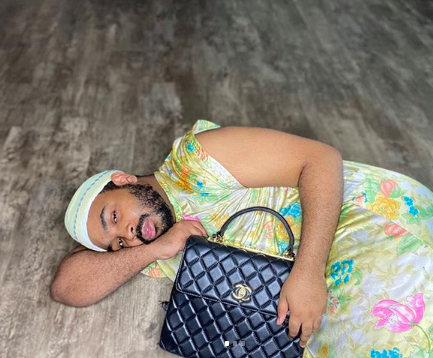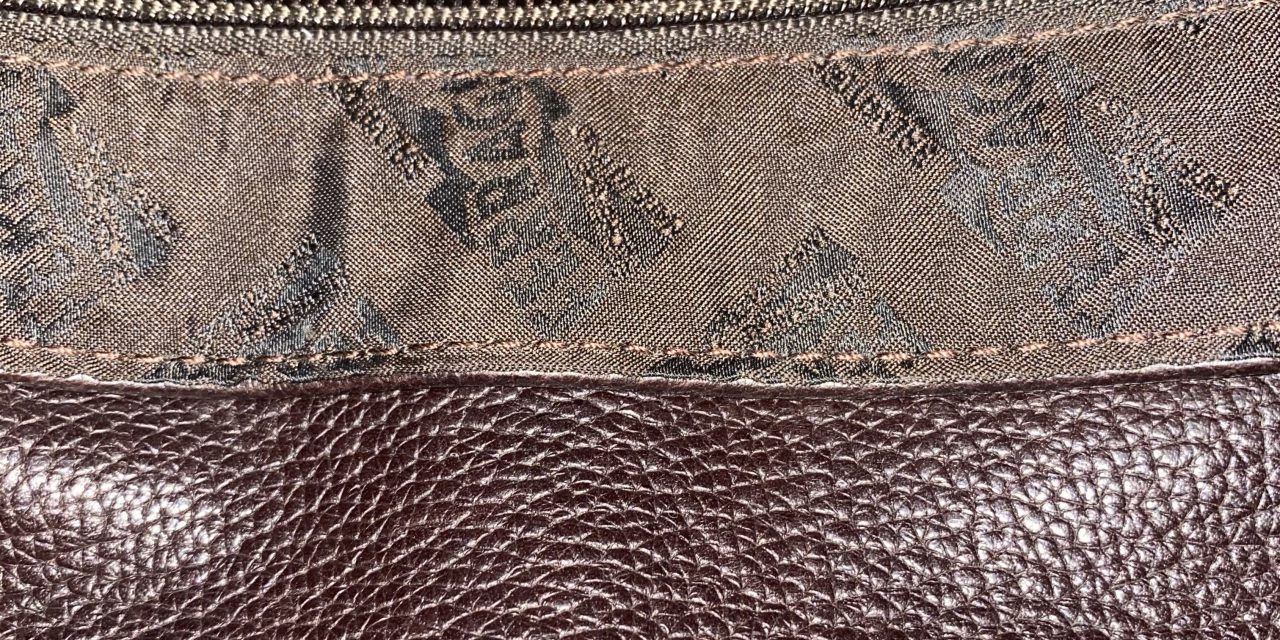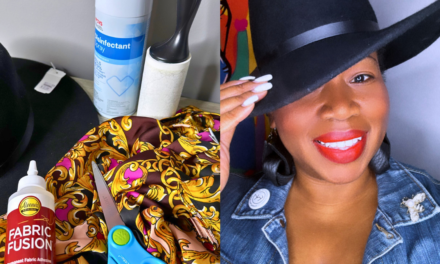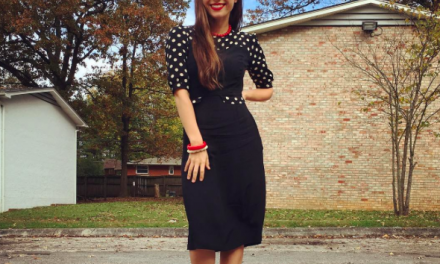Have you ever found a luxury bag at Goodwill while shopping? Then thought, “hmm, is this real or fake”? I know, I have!
I have been collecting, hunter, and loving bags since I was in undergrad. Like most people when they are first starting a passion (i.e. shopping, design, etc.) they do not normally have the luxury to splurge or just buy, buy, buy the things they want continuously or brand new. So, I like others began seeking out stores like Goodwill to fill my handbags addiction. But, when I found a bag a Goodwill that was Coach, Louis Vuitton, Michael Kors, Burberry, Bally, etc., I did not know initially how to tell if they were real or fake.
This is a totally normal thing to face when buying on the secondhand market. I like to say that learning how to authenticate a preloved bag is muscle. You have to train it and know what to keep an eye out for. I used to have so much anxiety when shopping for bags at Goodwill that I could not enjoy the experience. So, I am going to do what I wish someone had done for me, for you! Here are several tips and tricks to begin learning how to authenticate a pre-loved bag.
1. Pay attention to the leather and logos.
In the case of my preloved bags, people are drawn to them because they see a logo or insignia that speaks to the brand of the bag. However, while the logo might be there, you need to pay attention to a few things. When looking at the bag make sure the logo is not on a seam. Most luxury brands such as Louis Vuitton and Michael Kors when displaying their logo will never put the logo on a seam. Not this is because it cut off the logo and make the logo seem as if it is bleeding over. This is something that should be noted when looking at a bag for its authenticity.
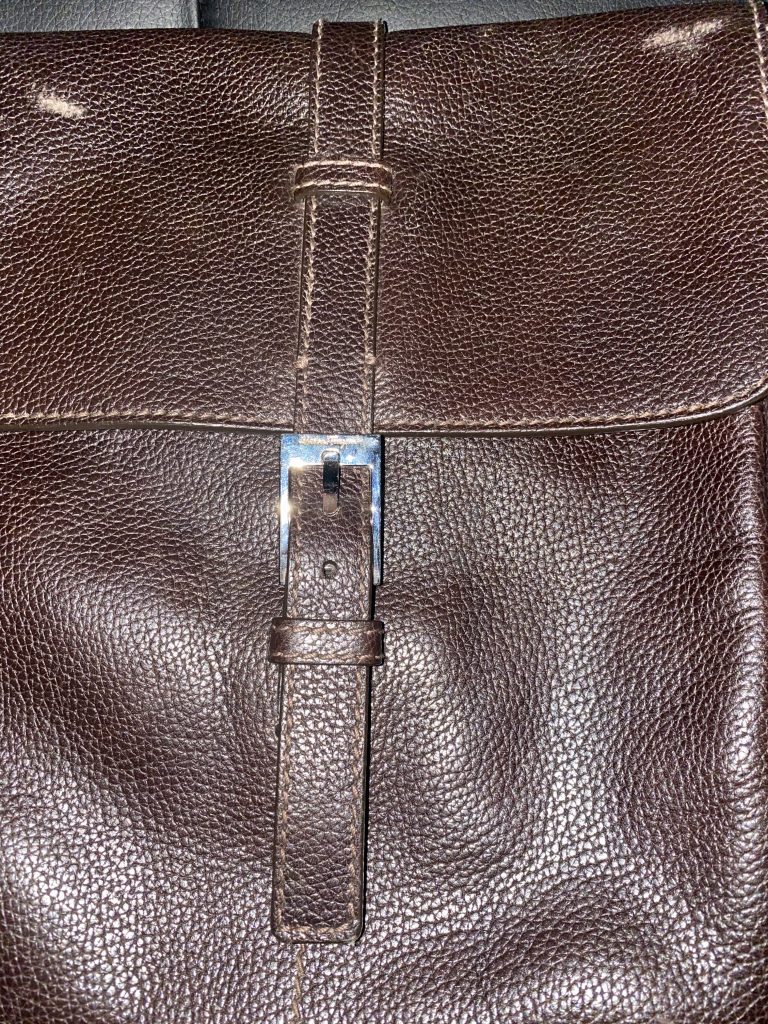
Further, you need to look at the quality of the leather. Most high-end and luxury brands use high-quality leather. When looking at a pre-loved bag for the first time, I always touch and examine the texture of the leather. If the leather feels synthetic or oily, the bag is most likely not real.
Handbag companies in most cases unless it is vegan (most high-end and luxury brands are not) use very distinct types of leather such as cowhide, grained leather (top, full, or split), lambskin, or patch leather. While it takes a bit of work to do, I suggest learning what leathers your favorite brands use so when you stumble across a pre-loved authentic or dupe bag, you can tell the difference.
2. Look at the hardware.
While this might seem odd, looking at the hardware of the preloved bag you are looking at can be a dead give away to the bag’s authenticity. First, certain brands only use select types of hardware. For example, Chanel uses: only gold-plated 22K-24K brass for Gold bags and any other hardware they use is heavy and never hollow if it is silver or gunmetal, for the screws in the bags uses flat head and Hex-type screws never Phillips, and the rope chain used on the bags are weighted and heavy.
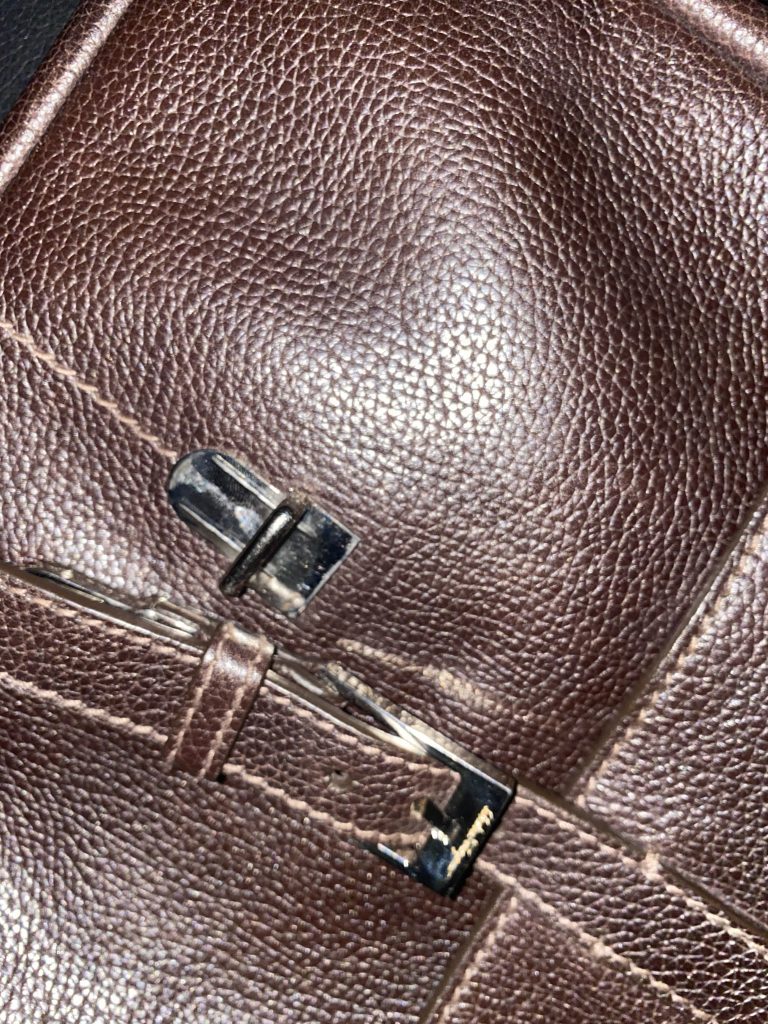
These might seem to be very minimal things to focus on when looking at a pre-loved bag but, it could be the difference between you having an authentic or dupe bag. Hardware is one of the easiest giveaways that a bag is not authentic. If you are ever seeking to sell the bag you find of the pre-loved market, the hardware will be one of the ways authenticators will determine its authenticity and value.
3. Stitching is everything!
If you are new to looking at a pre-loved bag of any time for the first time on the secondhand market, you must pay attention and gain an eye for stitching. Most high-end and luxury handbag companies pride themselves on the stitching they use. Luxury handbags in many cases are not made by machines but rather artisans. This is a distinct quality of these bags that is necessary to remember. While machines can stitch well it does not replace a human’s touch. Handbags such as Salvatore-Ferragamo bags use stitching that is straight and in the same direction.
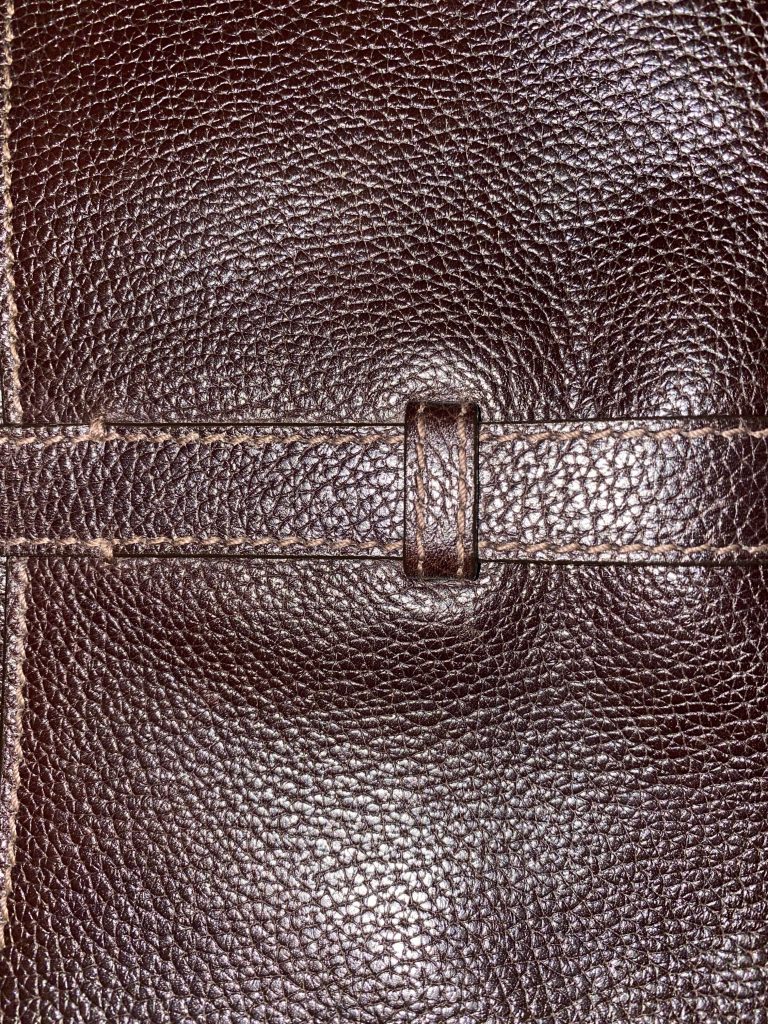
Artisans, unlike machines, can make the stitching go in the same direction while also lining up perfectly. Handbags are like pieces of art and while replicas can be made by machines, the machine does not know the methodology used by a person’s hands. Many dupe bags that I have come into contact have good but messy stitching. The stitching is not precise and looks very run over. Artisans because they are handmaking the items think about the attention to detail because like art is a piece of work for them.
4. Date Codes & Blind Stamping
This final tip takes a bit of hunting to find but, is probably the most important step in the authentication process. The “date code” and “blind stamping” of the bag show that the bags is one of the company’s pieces. Date codes also known as authenticity codes or serial codes refer to serial numbers that correspond to time periods during which the bags were manufactured. If a bag is missing this, the bag is most likely not real and/or needs to be appraised by a handbag expert.
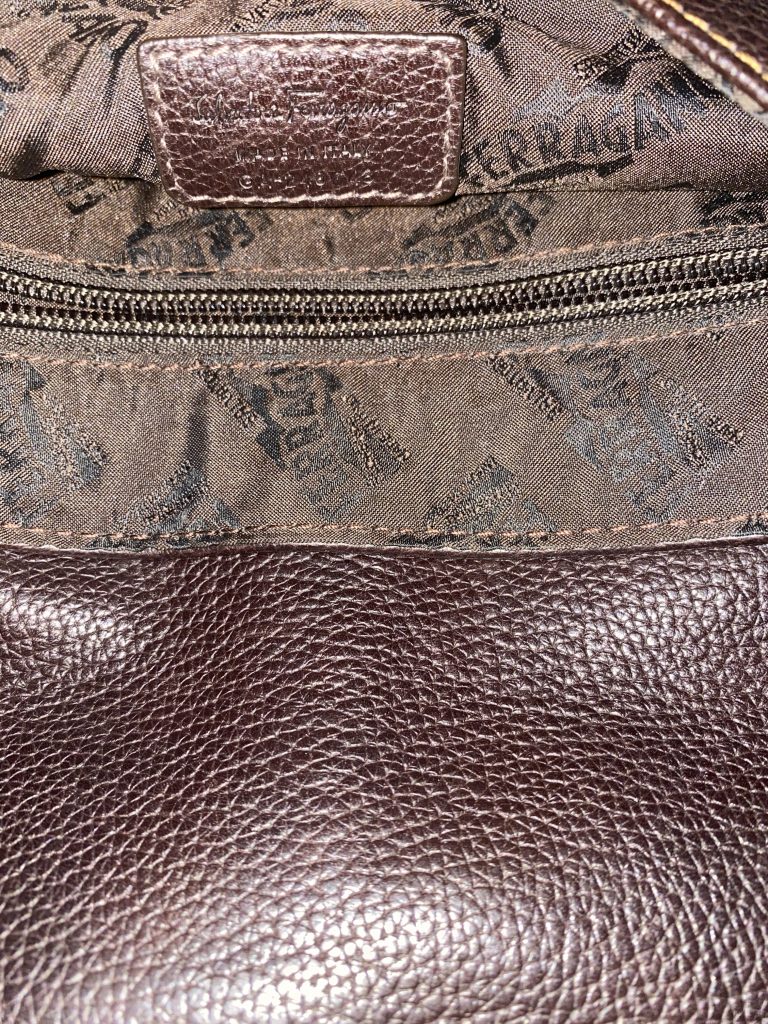
On the other hand, blind stamping is only used by some companies. Blind stamping refers to a date code that is stamped into the leather in hidden areas to show the authenticity of the bag. Getting versed in how these codes look is a sure-fire and easy way to begin learning what bags are and are not authentic.
Needing to keep your eyes peeled for these several little things might seem like a lot just to authenticate bag but, I promise it is worth it. I have been authenticating bags for almost 9 years now and it has become a second-nature thing. Once you practice these few tips, you will be saying, “yep that’s real” in no time.
